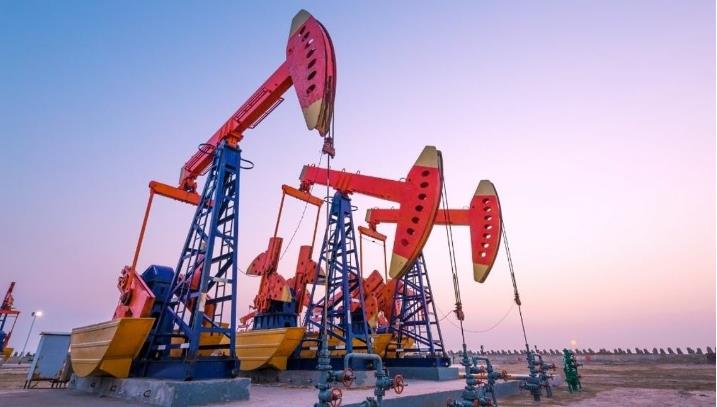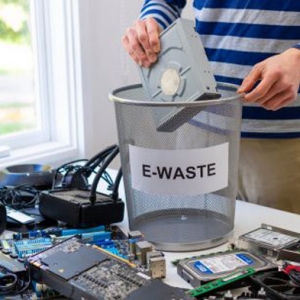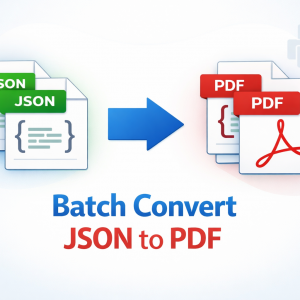The contemporary world relies heavily on the oil and gas industry to fuel industrialization, power transportation, and generate electricity. Both crude oil and natural gas, categorized as fossil fuels, play pivotal roles as primary energy sources on a global scale.

Crude oil, a naturally occurring liquid resource, is utilized in the production of gasoline, jet fuels, and various petroleum-based products. Natural gas, a gaseous state hydrocarbon, is abundant in the United States, often found in porous rock formations like shale. It contributes significantly to the nation's total energy consumption. The transportation of oil, its byproducts, and natural gas is facilitated through an extensive network of pipelines across the country.
Both natural gas and crude oil are acquired through distinct drilling methods: onshore and offshore. This article will delve into the fundamental aspects of these two methods, exploring the processes involved and examining the advantages and disadvantages associated with each approach.
Onshore Oil Drilling
Onshore oil drilling involves extracting oil and gas from land-based deposits. This process utilizes drilling rigs to bore deep into the earth, reaching reservoirs of these valuable resources. While crucial for meeting current energy demands, onshore drilling's impact necessitates careful consideration.

The environmental footprint of onshore oil drilling is undeniable. Land disturbance, water contamination, air and noise pollution are all potential consequences, requiring responsible management practices. Additionally, the social impact on communities, including concerns about land rights, cultural heritage, and health, needs to be addressed.
Stringent regulations govern onshore drilling activities to ensure environmental protection, worker safety, and responsible resource extraction. Advancements in technology, such as horizontal and directional drilling techniques, offer solutions to minimize environmental impact and improve safety standards.
However, the long-term future of onshore oil drilling faces challenges. Climate change concerns and the transition towards renewable energy necessitate a re-evaluation of our reliance on fossil fuels. As renewable energy sources become increasingly viable and cost-effective, the demand for onshore drilling may decrease.
Offshore Oil Drilling
Offshore oil drilling involves extracting oil and gas from beneath the seabed. It requires setting up platforms or drilling rigs in the ocean to tap into underground reservoirs, providing a significant portion of the world's oil and gas needs.
However, offshore oil drilling faces significant environmental challenges. Accidental spills, leaks, and equipment failures can cause devastating consequences for marine ecosystems, polluting delicate habitats and harming wildlife. The exploration and production process can also disrupt sensitive ecosystems and contribute to noise pollution.
Balancing the need for energy resources with environmental protection is a major concern. Strict regulations govern offshore drilling activities, requiring environmental impact assessments, safety protocols, and contingency plans for spill response. Technological advancements, such as subsea wellhead systems and improved drilling techniques, aim to minimize environmental risks.
The future of offshore oil drilling is uncertain. As renewable energy sources become increasingly viable and the world strives to achieve carbon neutrality, the demand for fossil fuels may decrease. However, in the near future, offshore oil drilling is likely to remain an important source of energy, requiring careful management and continuous efforts to minimize its environmental footprint.
Simulation Training: A Vital Tool

Drilling simulation training system plays a crucial role in both onshore and offshore drilling operations. By providing trainees with a safe and controlled environment to practice various procedures and emergency scenarios, simulation training can enhance skills, reduce risks, improve efficiency, and be more cost-effective than traditional training methods.
Conclusion
The choice between onshore and offshore drilling depends on various factors, including the location of oil and gas reserves, environmental considerations, and economic feasibility. By understanding the key differences between these two drilling methods, we can make more informed decisions about our energy future.







